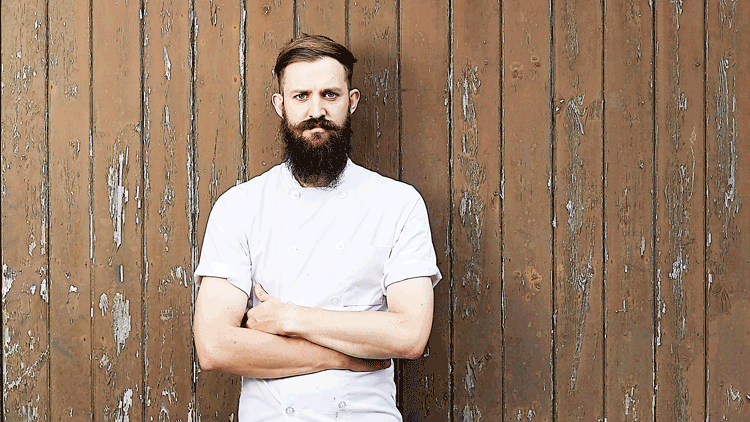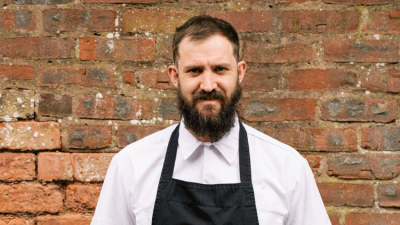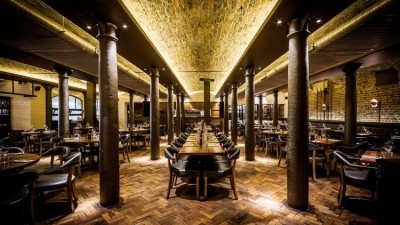Brad Carter: "There’s always money to be made in chaos"

How many days did it take to refocus the business following lockdown?
Just a couple of days after we had to shut down the restaurant: it closed on the Friday in March following the Government’s announcement, and we settled on the hamper idea that Sunday. I’m not someone who just rolls over in a crisis. There’s always money to be made in chaos, and there’s always something that can be done, whatever the situation; you just need to think outside the box, so to speak. The boxes are great as they keep myself and the team in a routine. We’re still in the kitchen every week, and although the concept is different, the food that’s being made is being prepared with the same thought and love. It keeps us engaged in the restaurant, and also allows us to retain some semblance of cashflow. Sure, it’s never going to be the same as when we’re operating, but it ensures that we still have some money coming in. For me that’s better than just sitting at home, wondering about what I could be doing. This is my restaurant, and I feel responsible.
What do the meal boxes contain?
The idea is each box has enough food to produce two different meals for two people. There’s always one dish that’s already been prepared by us at the restaurant, and which just needs to be reheated. And then there’s a raw meal to cook, with all the ingredients included in the box, and some guides and tips from me on how to prepare the different elements of the meal. The boxes made total sense as they allow us to help ensure our supply chains remain active. We do individual meat and fish hampers, which each cost £95; and we’re also doing a nose-to-tail box with Tamworth Pork, which is £75. The maximum number of boxes we’re offering per day at the moment is 50, and so far our record is 140 orders in one week.
Many restaurants have been offering more basic dishes, but it sounds like Carters is trying to replicate the full restaurant experience at home. Was that the aim?
It reflects different elements of the restaurant. The cooked meal, for example, is often very similar to the staff dinners we post every day on Instagram; it takes a recognisable dish, and gives it a bit of edge. The raw stuff, meanwhile, presents the customer with more of a challenge as they have to prepare it themselves, which is ideal as right now people have more time to think about cooking. But to make it more of a classic restaurant experience we are also offering wine pairings to go with the hampers, and encouraging customers to contact the restaurant and speak to the sommelier about what they should choose to accompany
their box.
Have you kept your team on to help prepare the hampers, or are they furloughed?
It’s half and half, which is tough as it effectively meant forcing some of the team to go home, when none of them wanted to. The restaurant is a small place, and the team is like a little family. We spend a lot of time with each other, but at the moment we’ve split completely in half. Those that are at home, though, have been keeping in touch and providing videos of them cooking at home, which is great as it helps populate our social media feeds.
Have you been able to access any Government support?
Yes. As well as the furlough money, we’ve had a business rates grant. Of course, we have had to juggle our finances too, in order to work out what the financial priorities are as a restaurant that isn’t operating.
What about the future; have you begun to think about when and how you might reopen for eat in?
I think we’ll be one of the last sectors to reopen, and am not expecting to be taking customers again in the restaurant until August or September. We have been looking at and planning for this ‘new normal’, though, which we expect will have to remain in place for much of the next year and presents further challenges. It’s a small space, and if we’re only allowed to have 30% occupancy it will be very difficult. But, if it’s 50%, we might be able to make it work; although we’d likely have to reduce to menu to help with cutting costs. It may also mean we perhaps look to offer guests a bigger restaurant experience, offered at a slightly increased price.

























